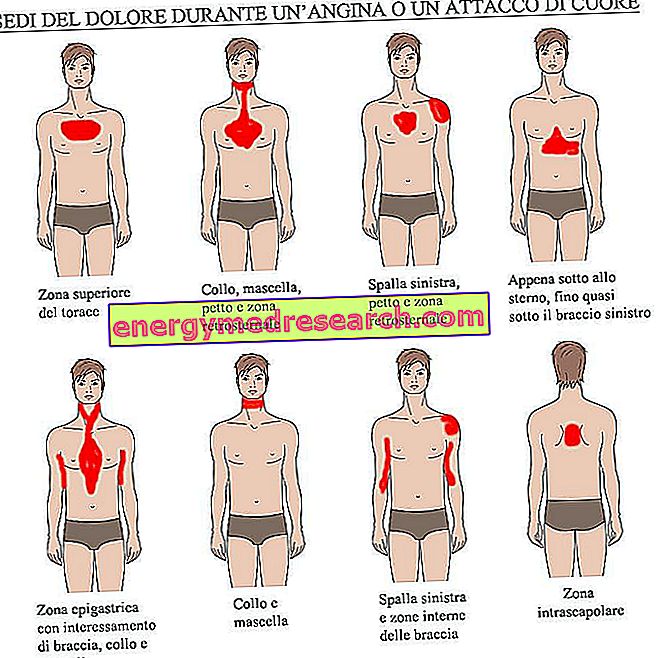
Angina (or ischemic heart disease) and heart attack (myocardial infarction) are two similar conditions due to the underlying pathophysiological mechanism, but differing in severity and complications.
In fact, both are due to an obstruction of the coronary arteries caused by cholesterol deposits and blood clots, but, while in the case of angina, the narrowing is partial and does not involve the death of the myocardium, in the case of the heart attack, coronary occlusion is likely to cause necrosis (ie death) of the heart muscle.
As it is easily deducible, untreated angina can lead to a heart attack.
A COMMON PAIN SYMPTOMS
Heart attack and angina also share part of the symptomatology, so much so that, from the simple observation of the signs, they could be confused for each other.
The most characteristic common manifestation is chest pain and, in general, upper body regions (neck, arms, back, etc.). In both morbid circumstances, in fact, this painful sensation - which some also describe as a sense of annoyance - can be located in the center of the chest, between the neck and the jaw, in a retrosternal position, under the sternum, in an intrascapular position, in the left shoulder, in the inner part of the arms and / or in the epigastric area.


